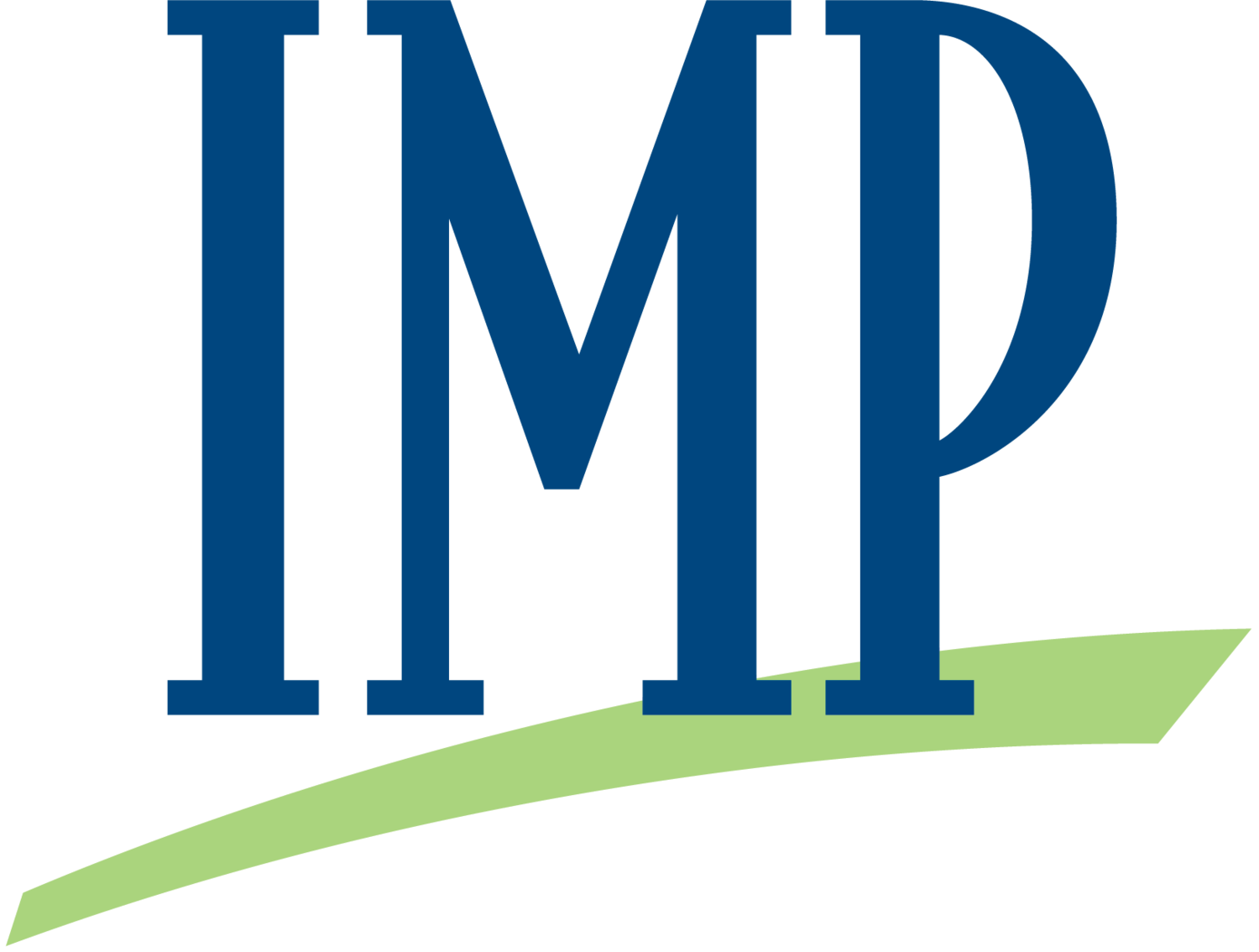We are living in unprecedented circumstances; everything about our lifestyles has changed. Whether it be at home or work, there will be a new normal following this pandemic. No business is safe from the economic stress of the last few months (and the months to come), but name recognition can either help or hurt your business.
The World Health Organization has stopped naming diseases and viruses after a geographic location or species because they had realized it had unintended negative consequences by stigmatizing specific communities or economic sectors. This negative connotation is why diseases have stopped being named after animals or the place of origin. (Bajić, 2020)
That being said, was "Corona" named after the beer? No, it means "crown" in Latin and refers to what the virus looks like under a microscope. But, that doesn't deter someone from associating it to the popular beverage. There was an infamous report that since the virus broke out, sales were down about 40%. (Root, 2020) However, Constellation Brand's earnings for its fiscal fourth-quarter of 2020 beat forecasts. (Peters, 2020)
It does help that although bars and restaurants are closed, people are still seeking comfort. Also, the people behind the marketing of Corona have played their campaign smartly. They have mostly stayed silent.
How does the Corona beer vs. Coronavirus impact you and your organization? Large financial institutions cannot fall back on "comfort" when their client's livelihood is at stake. After the financial crisis of 2008 there was an abundance of 20-20 hindsight. Decisions made in the heat of the crisis by asset managers were scrutinized—by regulators and clients. "Indestructible" industry giants were no longer in business; their name now carries the connotation of the bad decision making of this time period. For firms that survived, previously minor issues with OMS rule libraries, missing data, and imperfect procedures cost firms in terms of dollars and reputation.
Being able to confirm that rule libraries and data are up to date is critical. ONE coding error can be extremely costly, as in the case of Western Asset Management Company in 2007. In this particular case, WAMCO unflagged a 144a security and used funds from 99 accounts to purchase $90 million of mortgage-backed securities that were downgraded as the market declined and were therefore not allowed under ERISA. WAMCO's compliance system recognized the error, but their compliance team failed to escalate. The accounts held the securities until 2009, when they were sold at a significant loss to the account holders. (Bradford, 2014) To a compliance person, like myself, it seems unfathomable that this happened in the not so distant past. Not only was the price of those instruments in freefall, but the offering document had them as restricted for resale.
As a Compliance person, what should you be doing to help protect your organization's brand name and ensure that your team’s decisions will hold up well under future scrutiny? Here are four areas where you may find gaps in your coverage:
1. Review alert & violation overrides- troubleshoot your OMS and make sure you can answer the following: what was the reason for the alert/violation and was the issue resolved?
Your data could be incomplete after analysis and/or closing the alert. Is it now complete, and would the override still be accurate if the violation occurred today? If there were follow-up actions that were supposed to happen, e.g. an email from a PM, did those actions take place and do you have the documentation you need?
2. Look for patterns: Are some accounts or trading groups seeing an unusual uptick in violations? If so, can that be explained?
Many times, simple dashboards and organized reviews can be helpful. Having a place to store these audited reports are essential. Make sure audit trails are complete so that inquiries that come in 3-6 months from now can be adequately answered.
3. Tackle the false positives: Gaps in procedures or data may be causing a large number of erroneous violations. That can slow down trading and make it easy to miss a real violation. Are data and coding issues being addressed promptly?
If you make a mistake now, your client will remember the name of your organization, and it will be hard to take the bad taste of that name out of it. Hindsight is always 20/20; don't be caught unaware.
4. Take time to make sure your source documents are up to date. Rules tend to drift over time, make sure you are testing correctly. This advice seems easier said than done, especially in today’s climate. But, try to do this in stages and create reasonable benchmark goals for completion,
If you are unsure if you are protecting your brand name enough, would like to have a look "under the hood", or would like to simply confirm you are following these steps, take advantage our IMP’s free “Ask Us”
( www.impconsults.com/askus )



